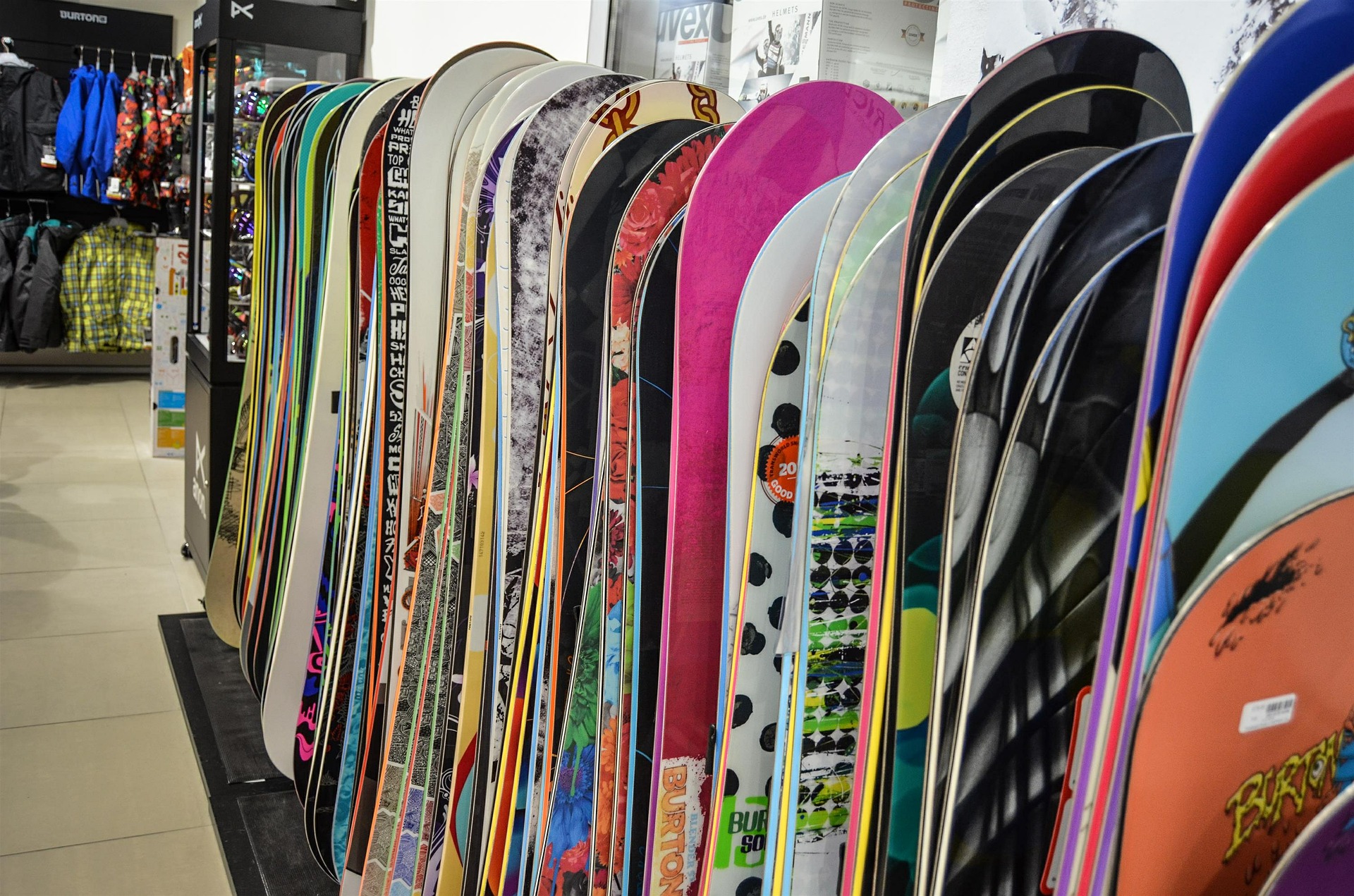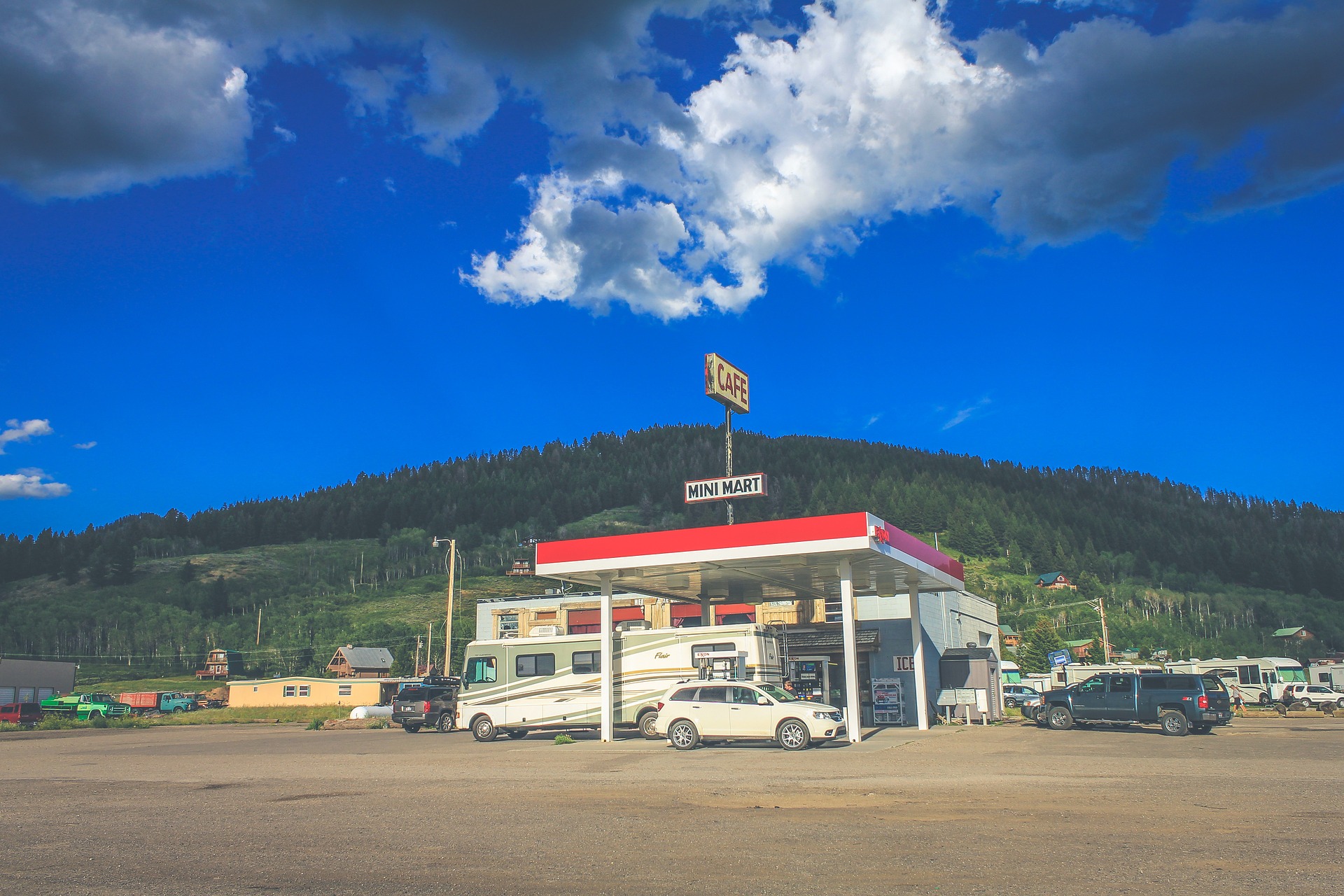They say an ounce of prevention is worth a pound of cure - and that’s certainly true when it comes to your ski and snowboard equipment. A little TLC this spring will go far to preventing your gear from degrading over time and keeping it in peak condition for longer.
Here’s a quick guide to end-of-season ski and snowboard care to keep your gear safe in the off-season and allow you to hit the slopes with the first snow in the fall.
1. Repair
While thoroughly tuning your skis at the end of the season may seem like a waste of time, dealing with issues like core shots right away will help you maintain the integrity of your skis. Get nicks, and scrapes patched and sharpen your edges for good measure. You won’t regret the extra effort when you hit the slopes with pristine skis at the beginning of next season.
2. Wax
The best thing you can do for your equipment in the off-season is give them a good thick coat of wax. Waxing them prevents the bases from getting nicked in storage and prevents oxidation which can degrade your bases while they’re not in use. Leave the wax on thick, and scrape in the fall when you’re ready to use your equipment again.
3. Store Carefully
Finally, put your skis or boards in a safe spot to hibernate for the summer. Keep them somewhere out of extreme conditions including heat, cold or sunlight and where their bases don’t scrape or rub against anything. Beware of propping them upright where they can be knocked over or in a pile with other equipment. Consider investing in rack to give your quiver the rest they deserve before next season.
Use your Pass One More Time
Many season passes include discounts on tuning and wax. The Epic pass, for instance, allows pass holders get free or heavily discounted equipment tuning at multiple locations in California, Colorado, and Utah. The Rocky Mountain Super Pass gets holders 10-30% off tune-ups at Winter Park Resort and Copper Mountain.
Check the details of your pass, and don’t miss this opportunity to use it one last time this season!



















![Bears Ear National Monument -By US Bureau of Land Management (http://mypubliclands.tumblr.com/) [Public domain], via Wikimedia Commons](https://images.squarespace-cdn.com/content/v1/587f97cd579fb34ec470b8c4/1495823048358-C8DRKP37GI3ZKUDFW1WC/image-asset.jpeg)
![Basin and Range National Monument - By BLM Nevada (Basin and Range National Monument) [CC BY 2.0 (http://creativecommons.org/licenses/by/2.0)], via Wikimedia Commons](https://images.squarespace-cdn.com/content/v1/587f97cd579fb34ec470b8c4/1495823126777-8RDXHJK7VB25FQGQZ37K/image-asset.jpeg)
![Canyons of the Ancients National Monument - Photo by Bob Wick, BLM. (http://mypubliclands.tumblr.com/) [Public domain], via Wikimedia Commons](https://images.squarespace-cdn.com/content/v1/587f97cd579fb34ec470b8c4/1495823148250-2KS4KUTNNSLV0WW4A8AI/image-asset.jpeg)

![By Torstein Frogner (Own work) [CC BY-SA 3.0 (http://creativecommons.org/licenses/by-sa/3.0)], via Wikimedia Commons](https://images.squarespace-cdn.com/content/v1/587f97cd579fb34ec470b8c4/1495208741428-ERJD9ATRN4S8NR689W1U/image-asset.jpeg)
![By Michael (originally posted to Flickr as Emerald Bay) [CC BY 2.0 (http://creativecommons.org/licenses/by/2.0)], via Wikimedia Commons](https://images.squarespace-cdn.com/content/v1/587f97cd579fb34ec470b8c4/1495208928017-GPDDDXFGGQI08IX7V9RI/image-asset.jpeg)








